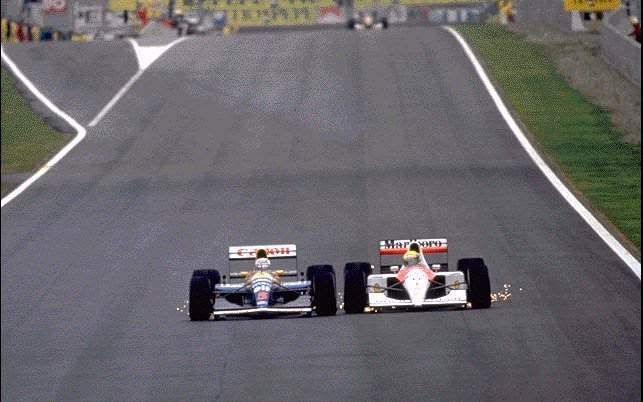SLC wrote:Ah ok, yes, as you put it there I agree with you - they are diverting high pressure away from the sidepod onto themselves.
But I still maintain that increasing the mass flow under the floor will lead to increased floor performance. I've been developing T-tray and bboard devices for many years both in CFD and in the tunnel and I trust my results (and so does my boss!).
Indeed.
Air hitting a bargeboard goes one of 3 ways:
1. Longitudinal... in which case it goes around the sidepod, either inside/over/outside the wheel and potentially over the diffuser (inside the wheel).
2. Up... It spills over the bargeboard, some of it going into the radiator - the extra small scale turbulence will help with local heat transfer coefficients on the radiator surfaces and some of it going around the sidepod (see pt 1 for what happens it).
3. Down... which sends it under the floor.
Now, obviously the degree to which 1, 2 and 3 happen is a function of both the bargeboard height, and the bargeboard angle of incidence to the flow. Traditional design has a taller bargeboard height inboard, and much shorter height outboard; reason - to send more air under the floor nearer the car centreline - where it is more effective and will induce less leakage. Kinda analogous to an elliptical wing planform.
The bargeboard exists to control the spanwise distribution of fluid (in terms of massflow or volume flow rate I guess would be the best way to consider it) under the floor, with the bias of flow being weighted toward the centreline.



